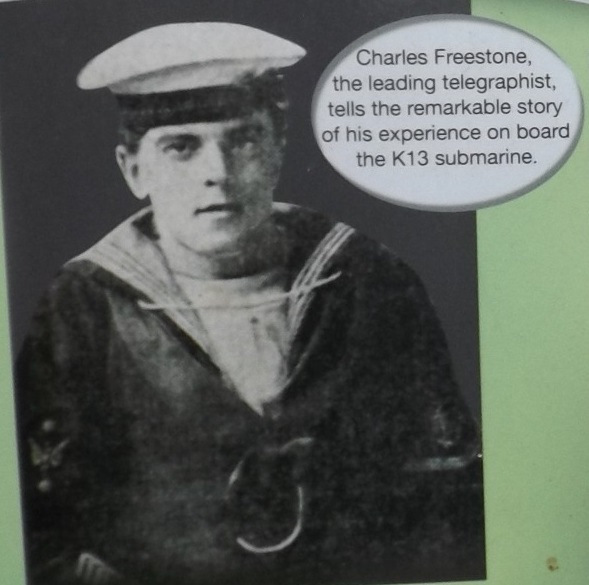Lots of History here, with plaques given by the British Royal Navy, for [British] submarines lost in World War One, and World War Two.
One plaque on the large boulder reads:
"This Park was donated to the City of Parramatta and the Memorial was erected in honour of H.M. Submarine Service, Royal Navy, by Charles Albert Harry Freestone a survivor of K13, who after leaving the Royal Navy founded and for the next thirty years developed the business of C.A. Freestone Pty Ltd. in Parramatta and District.
--
"These plaques are the gift of Commander Submarines, Officers and Men of Fourth Submarine Division, Royal Navy Balmoral, and the Commander and his Officers are guardians of the Memorial in perpetuity."
[Commander, Philip R. Wood DSC, RN, Commander Submarines, Fourth Submarine Division, Sydney.]
[Lieut. General Sir William Oliver KCB, OBE, High Commissioner for the United Kingdom.]
[M.F. Freestone, Widow of the late Charles A. Freestone.]
10th September, 1961
There is also a printed, metal History Sign in front of the Memorial 'pond', which has the following text:
MEN ALIVE: 57 Hours in a Sunken Submarine
Amidst World War 1 there was a rush to make submarines larger, faster and more powerful. The British Navy developed new 'K' class submarines, experimenting with a combination of oil heated boilers and electronic motors to increase speed.

Cropped from sign
[Charles Freestone, the leading telegraphist, tells the remarkable story of his experience on board the K13 submarine.]
Just after lunch on 29 January 1917 the newly built K13 submarine was undergoing a final dive trial off the west coast of Gareloch, Scotland.
An air ventilator was left open by accident and the boiler room was flooded as hundreds of tonnes of water gushed in. To prevent the complete flooding of the boat, bulkhead doors were closed. Tragically 31 men in the engine room drowned.
The K13 and its surviving crew became trapped under 30 metres of water without a working engine
DESPERATE POSITION
Chlorine gas leaked from the batteries polluting the air. The men were running out of vital clean air, had no food and very limited water on board.
A note was written and sent as Morse Code by tapping a spanner on the metal hull to get the message to the divers who were swimming in the ocean outside the submarine.
A BOLD PLAN
Commander Goodhart and Lieutenant Commander Herbert entered the conning tower in a bid to escape through its hatch. The pressure was too great and Goodhart sacrificed himself so that Herbert could reach the surface to help the rescue party.
A day later a seven inch (18 cm) tube was fitted to the submarine and life supporting air flowed to the men of the K13. Using the tube the crew could also communicate with the rescue party on the surface.
A small bottle of brandy was passed down the tube.
'Each man was given a teaspoon to drink. A second larger bottle became jammed and the tube had to be disconnected. Again we lost touch with the outside world'. Charles Freestone
DIVERS AT WORK
Meanwhile the divers were working continuously in the bed of mud on the bottom of the loch to lift the nose of the heavy submarine.
FREEDOM AT LAST
Fifty seven hours later the submarine began to rise. On the surface a blowtorch was used to cut a hole in the hull. Gasping for fresh air the exhausted crew scrambled outside, relieved but hungry.
TRIAL AND ERROR
The K13 was taken to the ship yard and repaired. Several changes were made and the submarine was renamed the K22.
The Navy found that it took too long to switch from oil heated boilers and back to using deisel (sic) engines on the surface and electric motors when submerged.
SACRIFICE
They have no grave but the cruel sea,
No flowers lay at their head.
A rusting hulk is the their tombstone,
Afast on the ocean bed.
They shall grow not old,
As we that are left grow old.
Age shall not weary them
Nor the years condemn
At the going down of the sun and in
the morning we will remember them.
LEST WE FORGET
Visited: 1249 - 1251, Sunday, 4 June, 2017